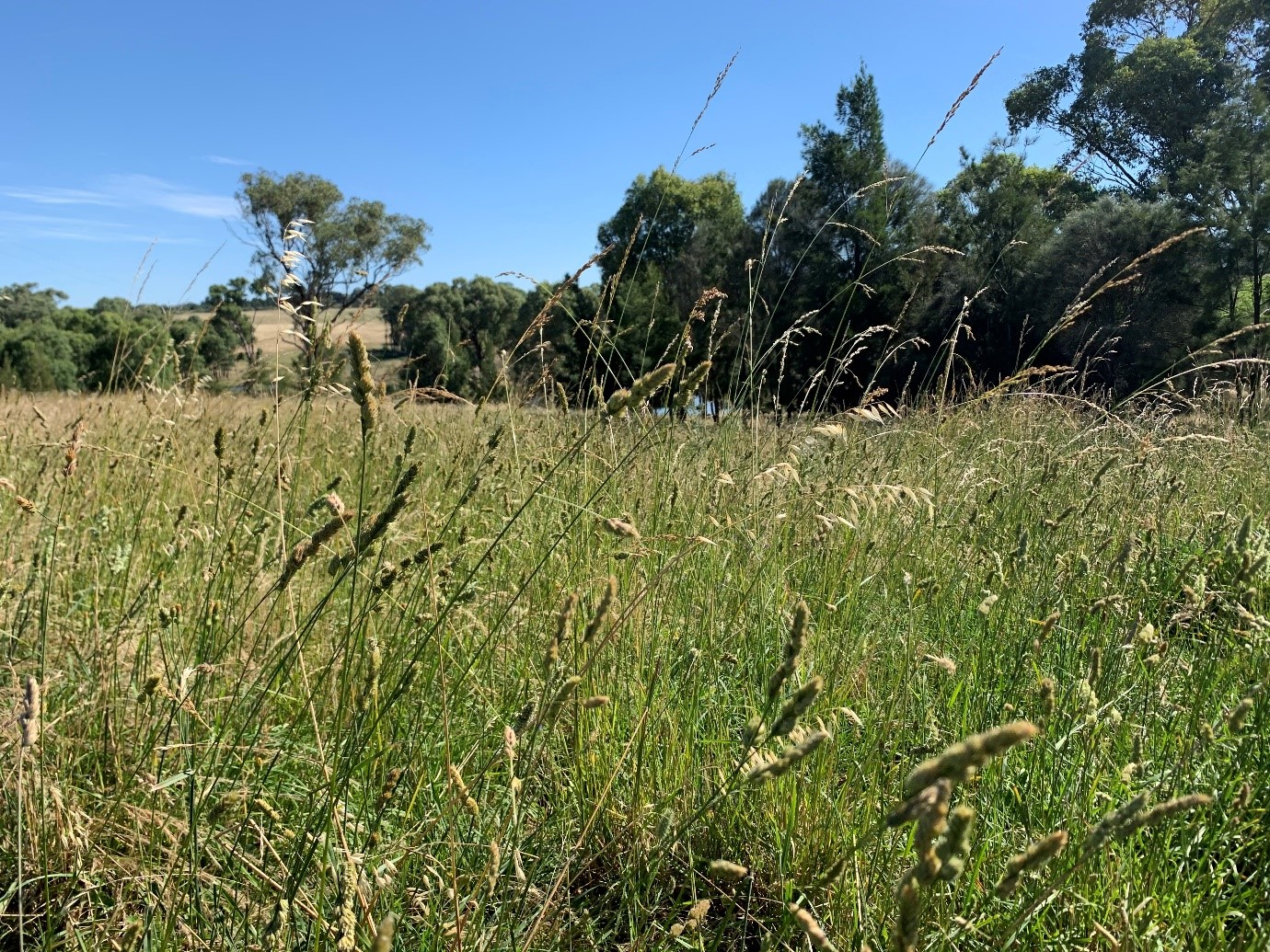Understanding soil carbon
March 2021
Melissa Henry and Tom Reid - Boorowa/ Yass Natural Resource Management Team.
Soil Carbon is fast becoming the new buzz word, after the Federal Government announced last year that increasing our soil carbon levels will contribute to lowering Australia’s overall carbon emissions. The Emission Reduction Fund will pay registered landholders to sequester soil carbon.

Following on from our article last year about the understanding regenerative grazing, we would like to take some time to talk to you about soil carbon.
There are multiple benefits to building your soil carbon on your farm, irrespective of if you trade carbon or not, these include:
- better rainfall infiltration and retention – providing greater resilience to drought
- improved soil structure and fertility
- increased soil biodiversity to aid nutrient cycling and plant nutrition
- increasing your livestock carrying capacity in the long term
- reduces input costs
- more consistent returns including in drought years
- consumers buying on how their food and fibre is environmentally produced
- new marketing avenues including direct marketing of biodiversity and carbon credits.
How it works for graziers
Pastures build deep soil carbon in two ways: Firstly, through photosynthesis, plants provide energy-rich organic compounds that feed the soil microbe ecosystem and build soil carbon. Secondly, through regenerative grazing practices, plants are able to build up their root reserves, to then release carbon into the soil as the plant is grazed and the roots are shed to compensate for the loss of their leaves. This process then repeats when the plant is grazed again after adequate recovery.
Soil carbon levels in pastoral landscapes on average have decreased to around 1% since settlement. This is for a variety of reasons including the loss of ground-cover and pasture species diversity or through set stocking leading to inadequate plant recovery and supressed root growth. Excessive ground disturbance has also exposed carbon to be oxidised into the atmosphere.
While soil type, topography and nutrient profiles can affect the rate at which soil carbon builds, soil carbon will build in the top 10cm and will move down the soil profile.
Farmers can sequester carbon (taking carbon dioxide from the atmosphere and into the soil) through a change of land management practices. Research from PhD candidate Lorraine Gordon of Southern Cross University has demonstrated that the following practices build carbon in the soil (you can see more in this webinar from our colleagues at Greater Sydney Local Land Services):
- high ground-cover levels all year round – ideally with species mixes that can stay green as long as possible
- pastures are ideally perennial, deep-rooted and diverse
- adopting strategic/ rotational regenerative grazing practices that allow adequate plant recovery from grazing in order to build deep, healthy root systems
- minimal mechanical soil disturbance.
Making it into Money: Carbon Trading
The Emission Reduction Fund has made it possible for farmers to create Australian Carbon Credit Units (ACCU) through land management projects that sequester carbon. ACCU are a financial instrument that can be traded in both government and secondary “spot” markets. International markets for ACCU are also emerging under the Paris Agreement, of which Australia is a signatory.
Landholders with properties over 400ha have the opportunity to trade the soil carbon that is sequestered under their land management. Once an emissions reduction project has been registered with the Australian Government under the Emissions Reduction Fund – Clean Energy Regulator, baseline soil tests can be undertaken. Currently the cost of these test may be prohibitive for small scale farms. Smaller landholdings may find it worthwhile to form aggregates for the purposes of carbon trading.
Eligible emissions reduction projects must undertake a change in land management practice e.g. annual dominant to perennial dominant pastures, sowing multi-species pasture crops, increasing grazing density through smaller paddocks / larger mobs. By comparing your base carbon levels to your soil carbon levels in 3-5 years’ time, you can trade your gains as an Australian Carbon Credit Unit (ACCU) either on the spot market or in a forward contract with the Australian Government or to the corporate market to off-set their emissions.
The South East Local Land Services Natural Resource Management team are working with landholders in the Boorowa, Upper Lachlan and Yass areas under our Local Land Stewards program to sub-divide paddocks to implement regenerative grazing principles.
The Local Land Stewards project is supported by South East Local Land Services, through funding from the Australian Government’s National Landcare Program.
To learn more about soil carbon trading:
http://www.cleanenergyregulator.gov.au/ERF
https://www.scu.edu.au/regenerativeag/